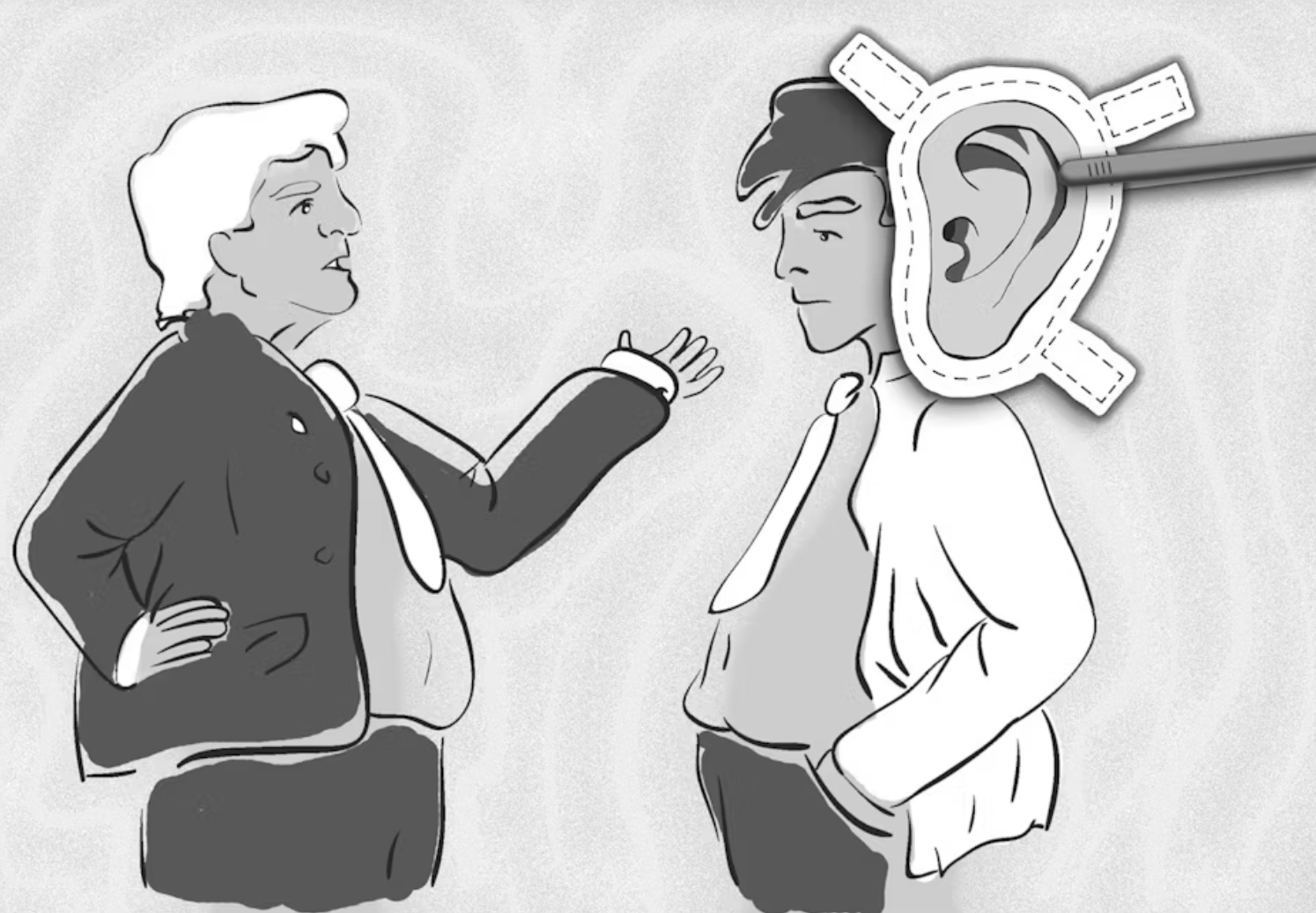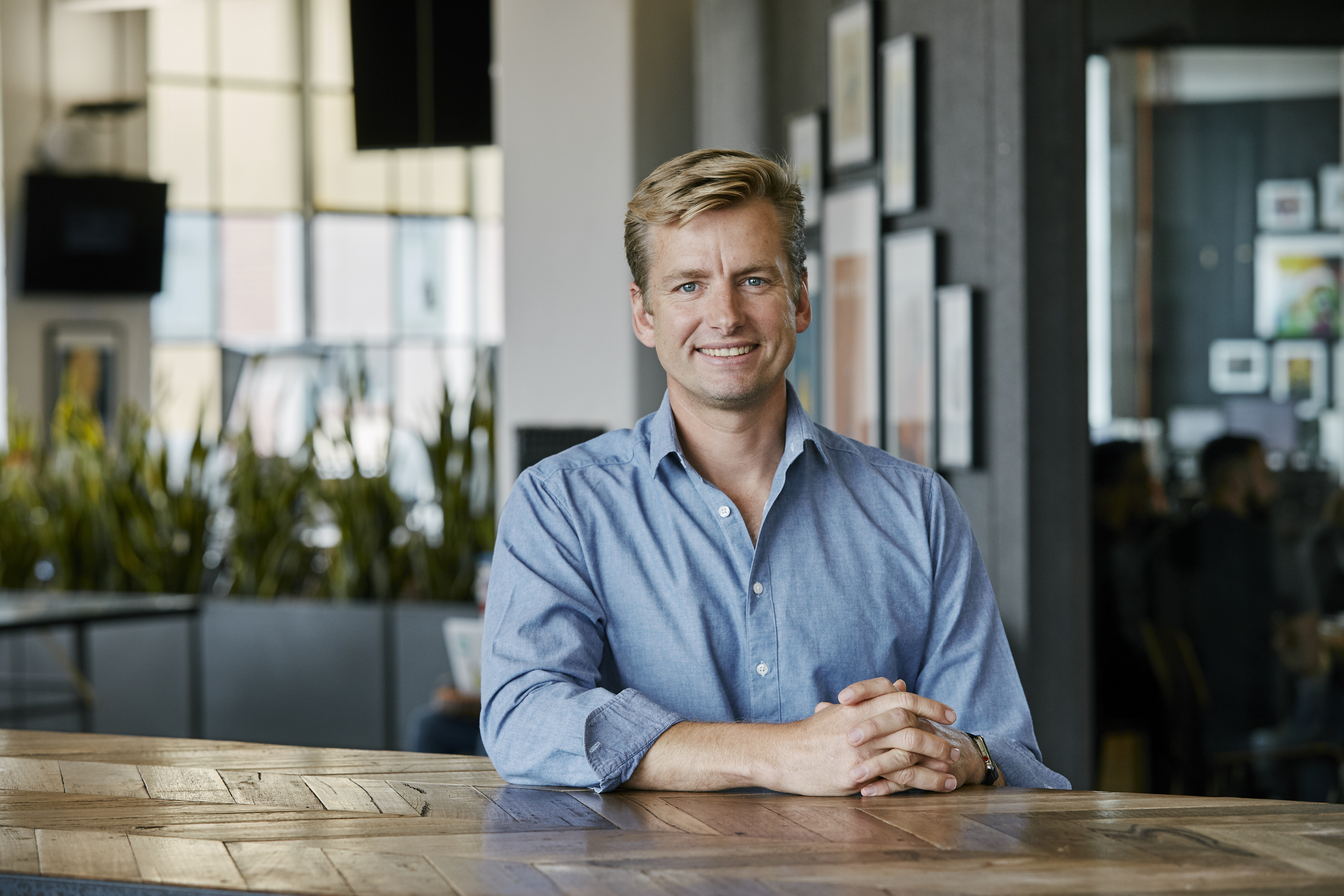4 ways to set yourself up for good designer-client relationships
From how to frame feedback to avoiding scope creep, here's how to sidestep issues and work smarter from day one

Collaborating with a graphic designer for the first time can be a transformative experience for a client, especially if they’re a small business. But it can also be overwhelming! Trusting someone new to bring a brand’s visual identity to life is a big deal and can feel intimidating, especially if the client doesn’t feel confident talking about design. But with freelance designers rating individual entrepreneurs as their favourite type of client, this relationship can be particularly rewarding and creatively fulfilling if, as a designer, you’re able to lay some solid foundations.
So what should you consider when working with a first-time design client? Firstly, understand that entrepreneurs and small business owners are likely to be emotionally invested and attached to their brand: after all this could be the first time they’re seeing something visualised that they have imagined and carried around in their mind for years. Be patient if they have a lot of questions, but don’t be afraid to guide them through things like writing a great brief, how to give good feedback, and how to make the most out of working with you as a creative partner.
Below are a few tips that you can share with your first-time clients to help make the creative collaboration process easier, and ultimately help you deliver the very best results. Don't forget you can also share tips for tools that will help them moving forward, things like the best website builder for small businesses or best graphic design software, although this won't be suitable for all clients.
01. Be clear on who you are and what you need

Helping clients know and communicate exactly what they want is critical to their (and your) success. Explaining that the better you know them and their business, the better the creative results is key to establishing a productive partnership.
Nailing down a scope of work that includes all the different deliverables for the project upfront will prevent nasty surprises
There are two parts to this: firstly, nailing down a scope of work that includes all the different deliverables for the project upfront will prevent nasty surprises on both sides. You might want to think about a list of questions that cover things a first-time client might not have thought about but might need, for example adaptable versions of a logo for social channels, websites or print, or perhaps a brand guide rather than just a logo. You don’t know what you don’t know, so it can be helpful to present clients with options that clearly explain the purpose and benefit of the additional work, and this will mean you don’t end up with the frustration of scope creep as the project progresses.
Secondly, the brief itself needs to include enough information about the business to underpin your designs and overall creative direction. You may find some small business owners don’t realise the significance that things like their brand values, target demographics and even their competitors have on your work, so it can be helpful to share templates or tools like these brand strategy worksheets to help you get all the information you need to make the very best creative decisions.
02. Show, don't tell

"I'll know it when I see it" is a line that can make any designer nervous. And when a client isn’t used to working with creatives or comfortable articulating their vision, miscommunication can quickly turn into frustration on both sides.
Don’t be afraid to go back to basics and show your new first-time design client how to pull visual references and even create a mood board to help them communicate their likes and dislikes with you. While it seems second nature to professionals working in the creative industry, this isn’t necessarily something a lot of people are used to doing, so they may well welcome the advice on how to show you what they’re looking for.
Daily design news, reviews, how-tos and more, as picked by the editors.
Guide them through the process and prompt them to think outside the box when it comes to inspiration and communicating their aesthetic tastes. After all, an Impressionist painting might inform a brand’s colour palette, or a vintage magazine layout could inspire the website's typography. Unconventional references can offer insights into the client’s preferences and spark inspiration for designers, but new clients might not think to include this kind of imagery in their briefs or mood boards.
03. Ask for feedback as problems, not solutions
If your client hasn’t worked with professional designers before, they may not be equipped to provide feedback in a way that is conducive to getting the best results – but you can help them do it better!
Open communication and lots of it is what usually feeds into a project’s ultimate success
A great way to manage this constructively is to help clients phrase their feedback as problems rather than solutions: that is to say, have them explain what is bothering them about a design without attempting to come up with a solution themselves. For example, good feedback around a website design could be “I’m not sure our customers will know what to do here” or “the CTA isn’t clear enough”, rather than “please add a huge red button here”.
Open communication and lots of it is what usually feeds into a project’s ultimate success, so you might need to keep nudging first-time clients into over-explaining and sharing more detail than they think you need until they start to get into the swing of things.
04. Keep an open mind
Your first-time client has taken the plunge and invested in professional design help, so you can be confident that your expertise is what led them to you in the first place. While your client’s input is paramount, in some circumstances you may need to (gently) remind clients that while it’s natural to have a fixed idea or vision of the creative outcome, they need to trust the process and be open to new ideas too.
Ultimately a good creative partnership is based on trust
If you have past experience in a particular niche or sector that aligns with your client’s industry, calling out examples and explaining your thinking and reasons for certain design choices in this context can be a great way to help boost their confidence in your advice and perspective.
Ultimately a good creative partnership is based on trust, but it’s important to remember that this can take some time with someone you’ve never worked with before. Be patient, share these tips, and before you know it you’ll be bringing incredible ideas to life with your new favourite client.
For more tips on working as a designer, see our piece on how freelancers can help agencies thrive.

Patrick Llewellyn is CEO of 99designs by Vista, the global creative platform that makes it easy for small businesses to work with professional freelance designers around the world. 99designs has paid out more than US$400m to its creative community to date, working across brand and logo design, packaging, web design and more.
